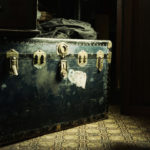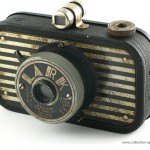
They call it the Green Vault, said to be the world’s first public museum (disputed by the Vatican), holding a veritable treasure chest of toys and amusements for Saxon royalty since the 18th century. Some 3,000 chef d’ouvres are exhibited in nine spectacular rooms inside Dresden’s Royal Palace, including bedazzled goblets fashioned from gilded ostrich eggs, the largest and finest green diamond in the world and a fantastical gold diorama (pictured above) bedecked with 4,909 diamonds, 160 rubies, 164 emeralds, one sapphire and sixteen pearls. And yet, when we talk about the treasures of Europe, the Green Vault rarely even gets a passing mention.
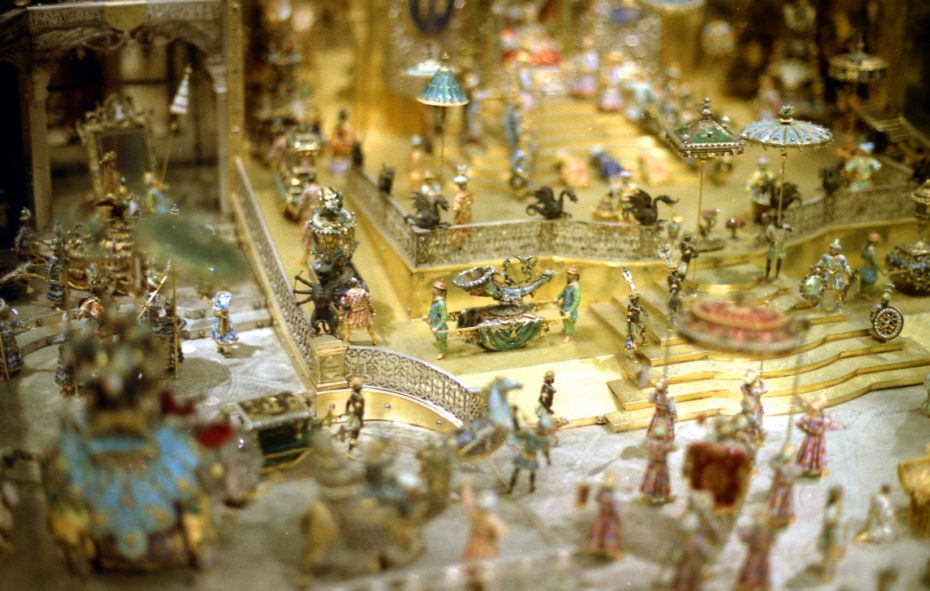
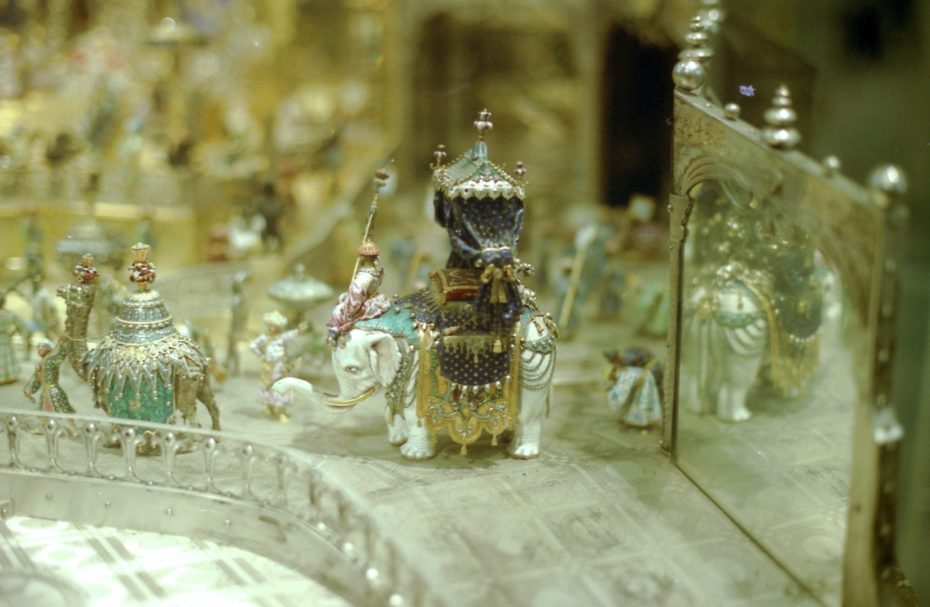
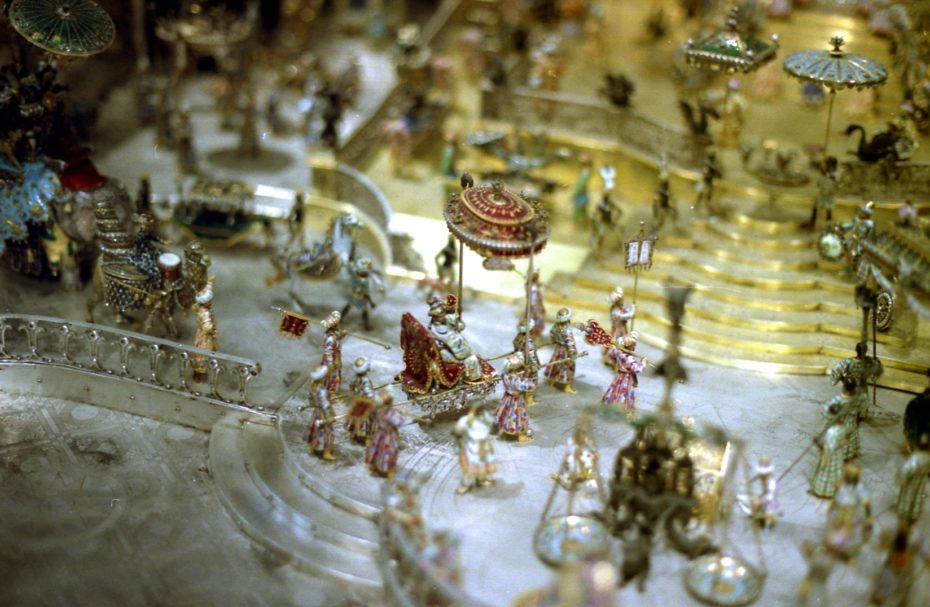
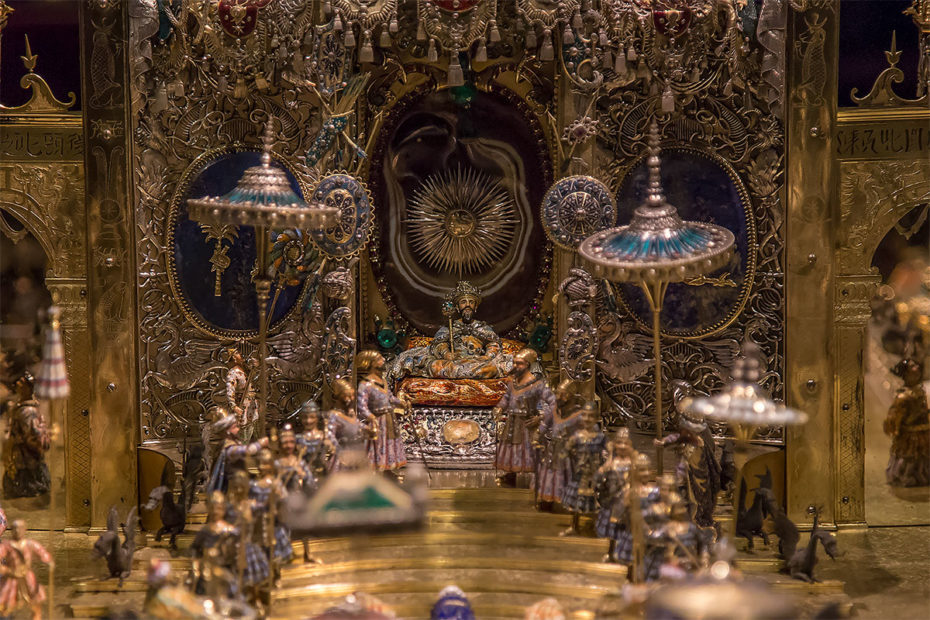
In World War II, the city of Dresden was firebombed by Allied forces in 1945, killing between 25,000 and 35,000 civilians and almost completely destroying the German city. Three rooms in the Green Vault (Grünes Gewölbe) founded in 1723, were lost the bombings, but the collection itself escaped that destruction, having been safely stored in a nearby fortress. But after the war the Red Army confiscated the treasure took it to Moscow where it stayed until 1958. Upon its return to Dresden, Europe’s most exquisite curiosities were kept out of public view under lock and key for several decades. Only in 2006 was the collection revealed to the public once again, restored to its full splendour after 68 years. A limited number of tickets are also sold every morning to discover it.
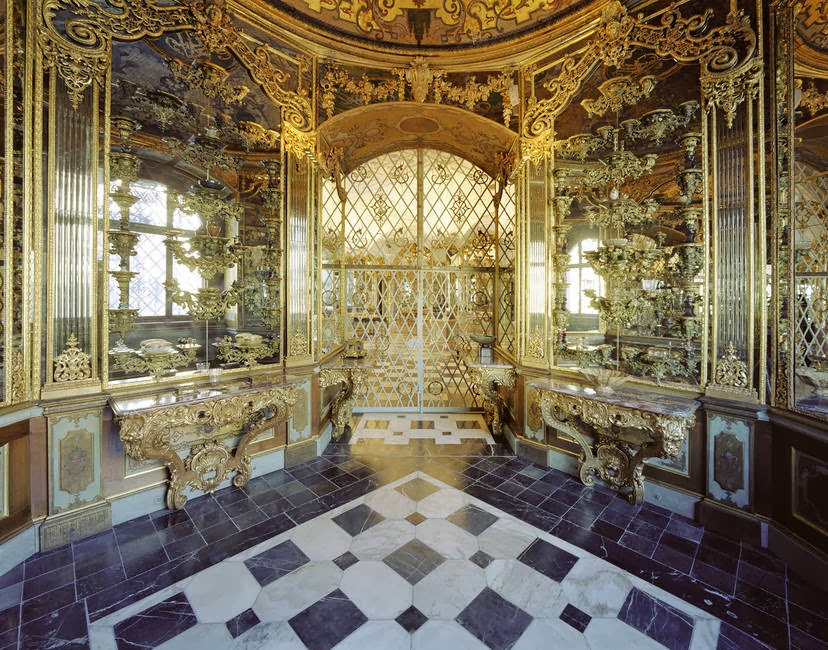
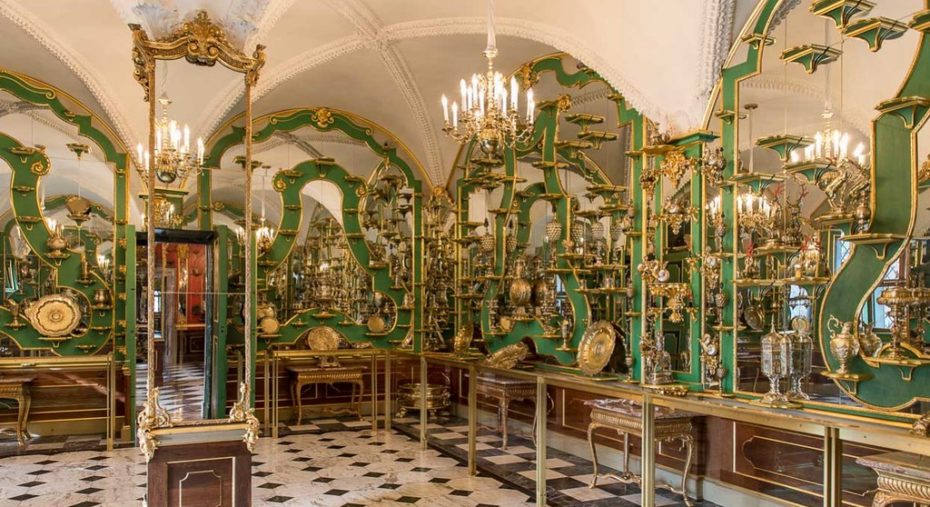
Among the many breathtaking pieces in the collection is the “The throne of Grand Mogul”, a depiction of the royal court of Aurangzeb by Johann Melchior Dinglinger, one of Europe’s greatest goldsmiths who helped forge the style of the Dresden Baroque. His opus consists of 132 figures and thirty-two gift items made of enameled gold, arranged on a silver, silver gilt, and gold stage. A total of 391 precious stones and pearls have been lost however over the course of its nearly three-hundred-year existence.
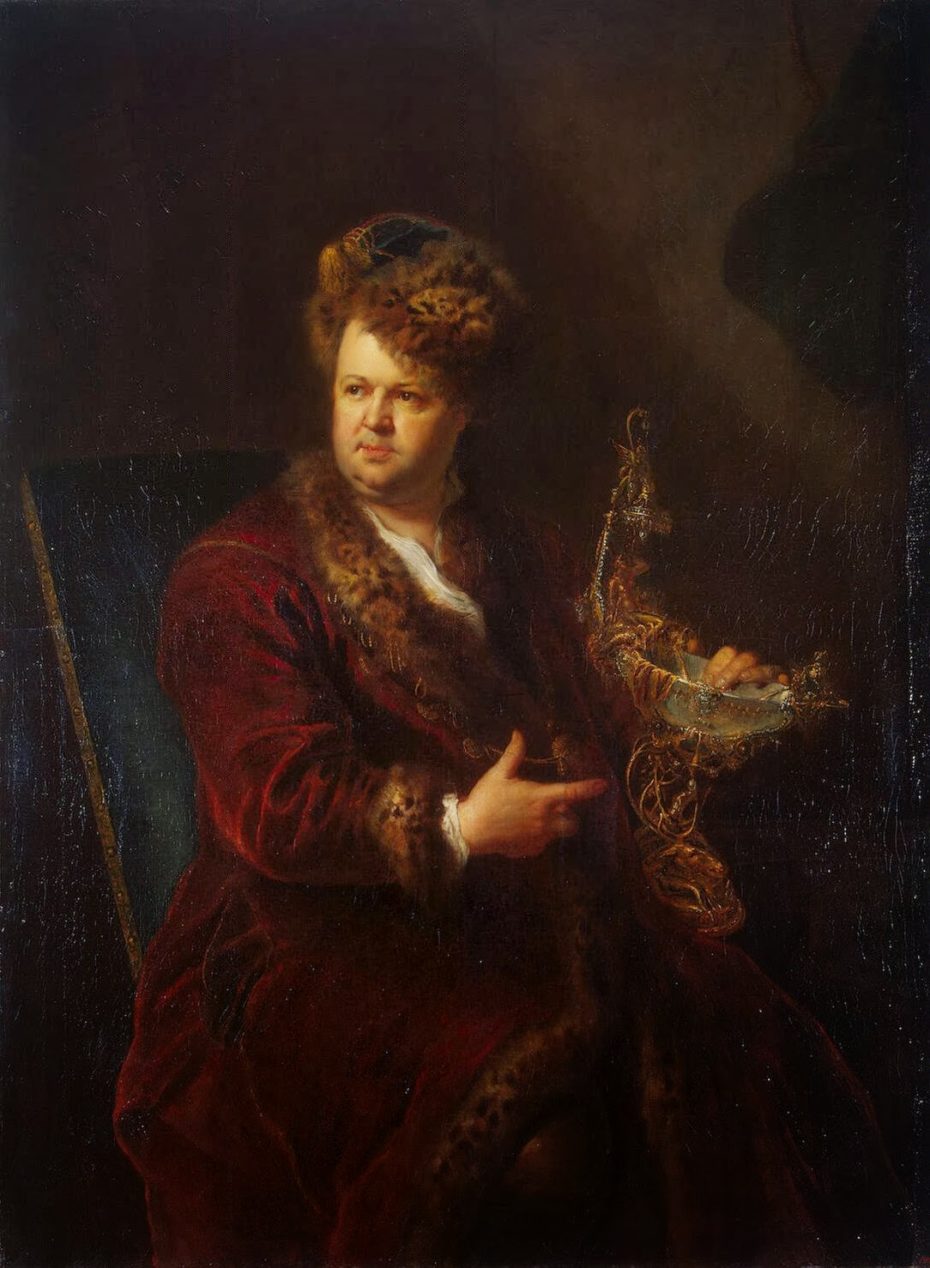
The Green Vault is bedecked with countless works by Johann Dinglinger. In the early 18th century, Augustus the Strong, ruler of Saxony, worked to establish Dresden as a major center for the arts, inviting talented sculptors, goldsmiths and painters to take up residence. He commissioned a series of magnificent rooms to showcase his valuables as a way of advertising the city’s cultural prominence. Augustus the Strong took Johann’s works with him around Europe to dazzle nobles and royal relatives and in Dresden, visiting nobility would pay a ducat to admire the collection.
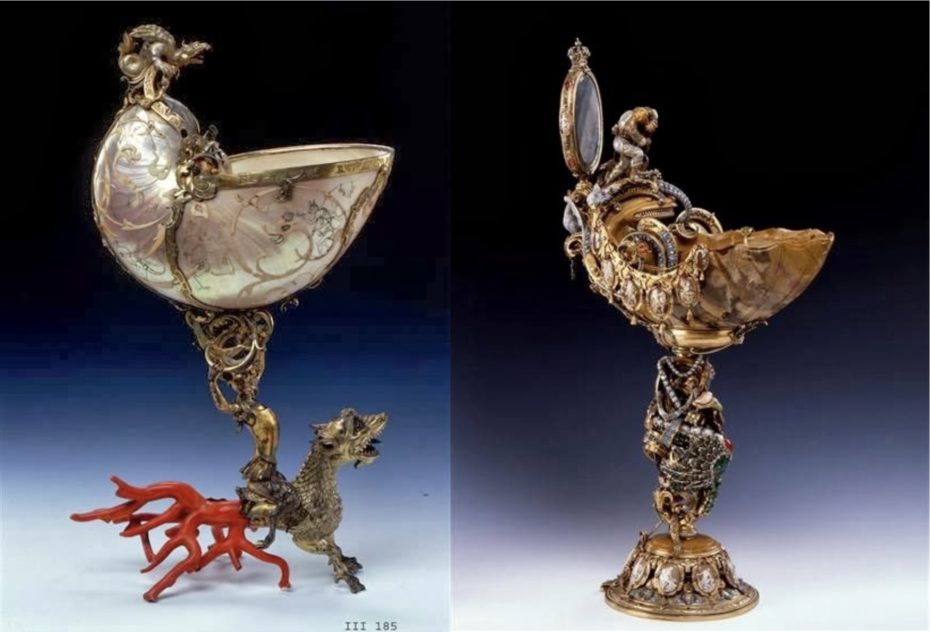
Today, the gilded cabinet of curiosities is displayed just as it would have been centuries ago. It isn’t kept behind glass – each piece is displayed on floor-to-ceiling gilt shelves which hover against mirrored walls. With its spectacular baroque chambers filled with jewels and objets d’art, its masterpieces are comparable with those of Florence or Venice, but they have yet to achieve the renown of the Italian museums.
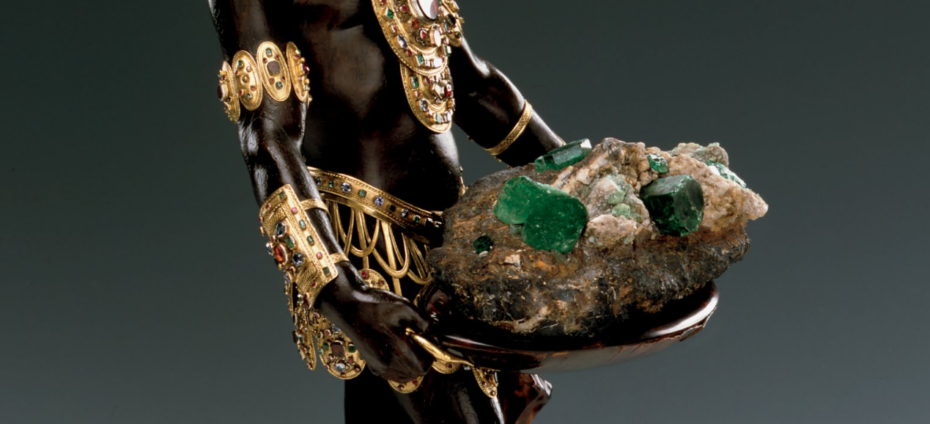
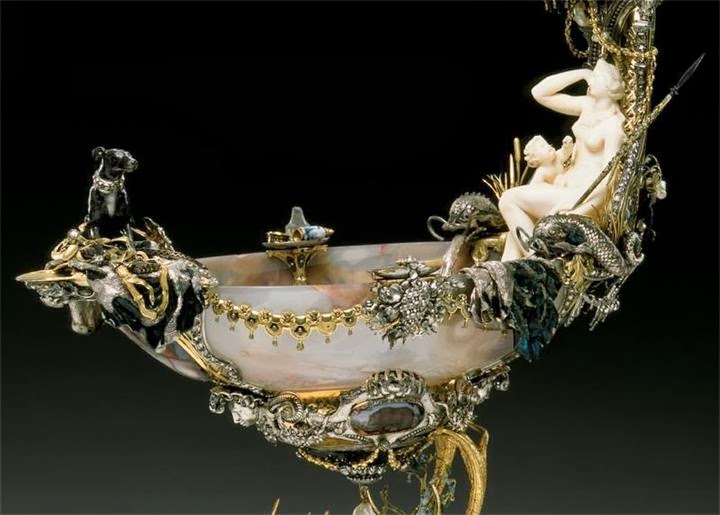
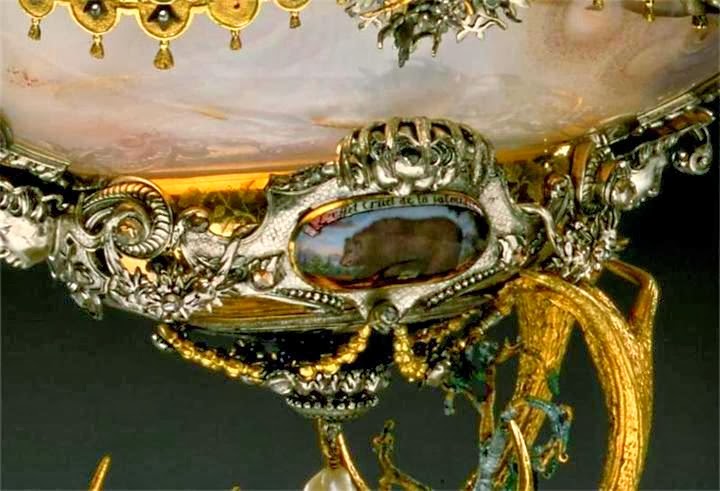
Where you can find the largest collection of jewels in Europe? The Green Vault. Where can you discover the contents of a king’s baroque treasure chest more exquisite than all the Fabergé eggs put together? Reason enough to visit Dresden alone, the Green Vault is truly a sight to behold – up close & personal.
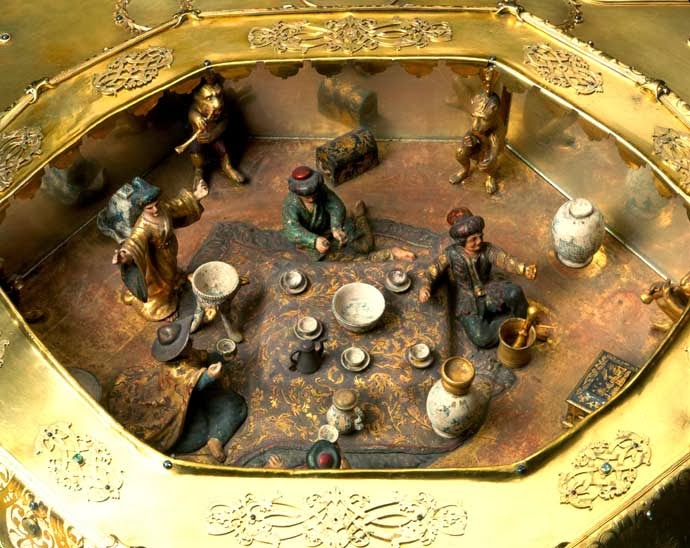
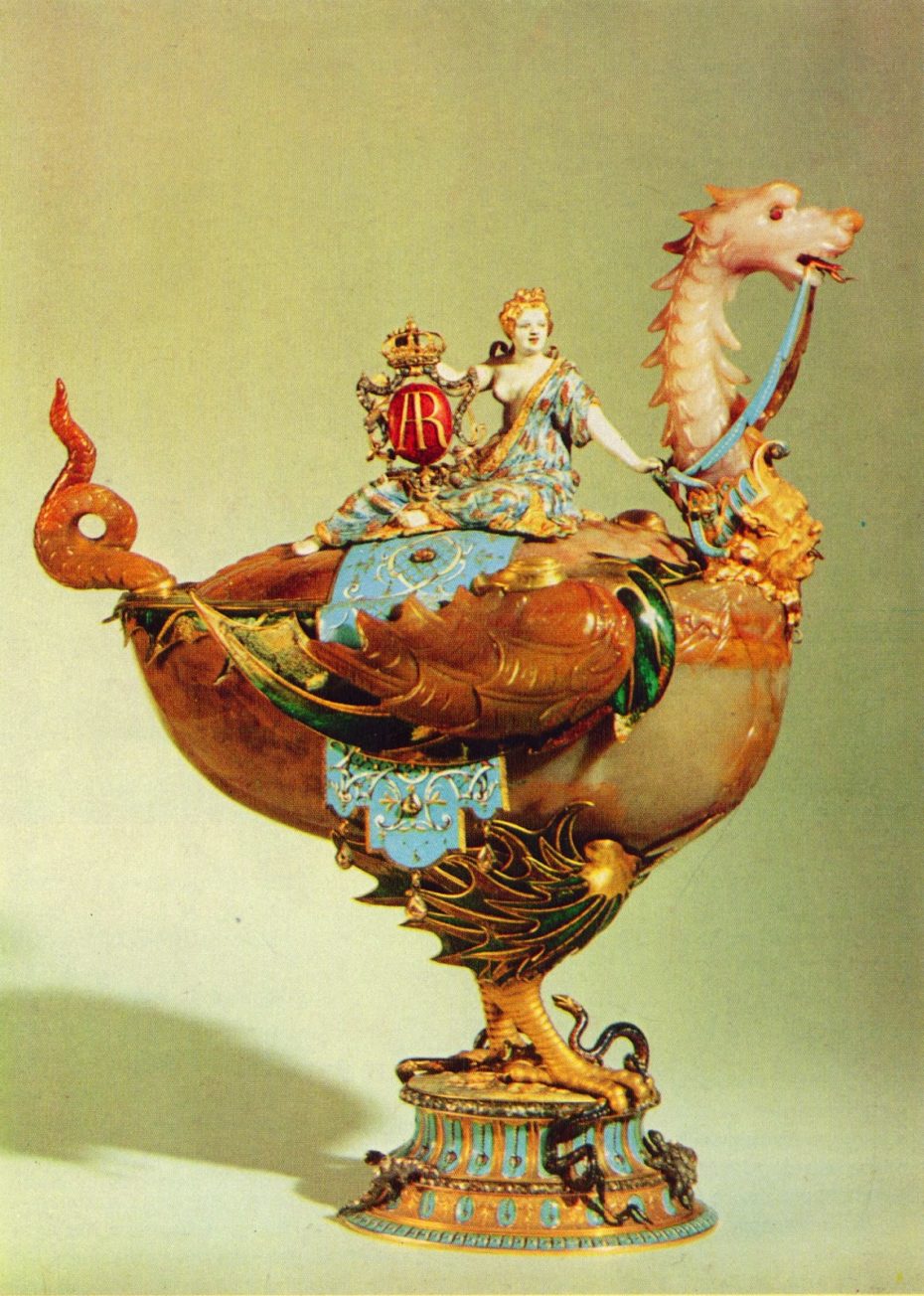
Photographs courtesy of the Dresden State Art Collections.
Discover the Green Vault.



